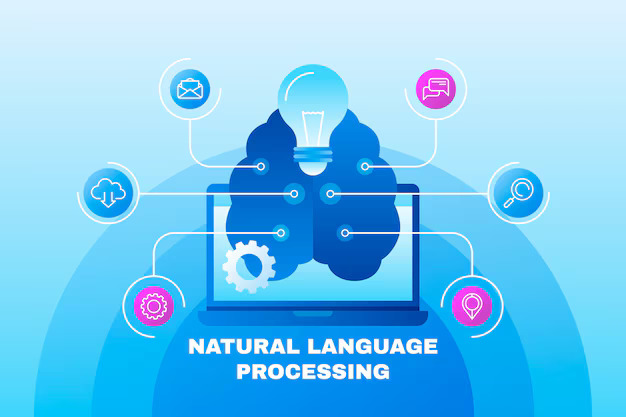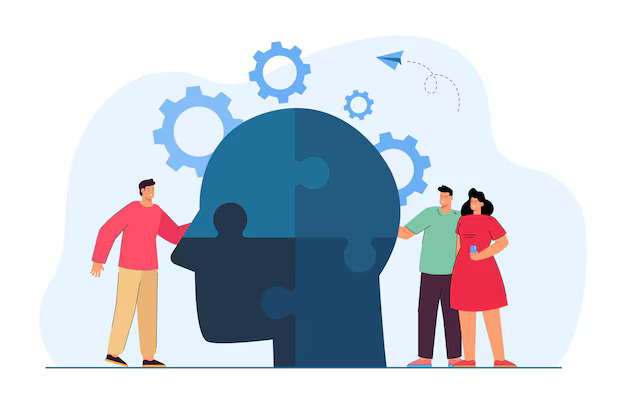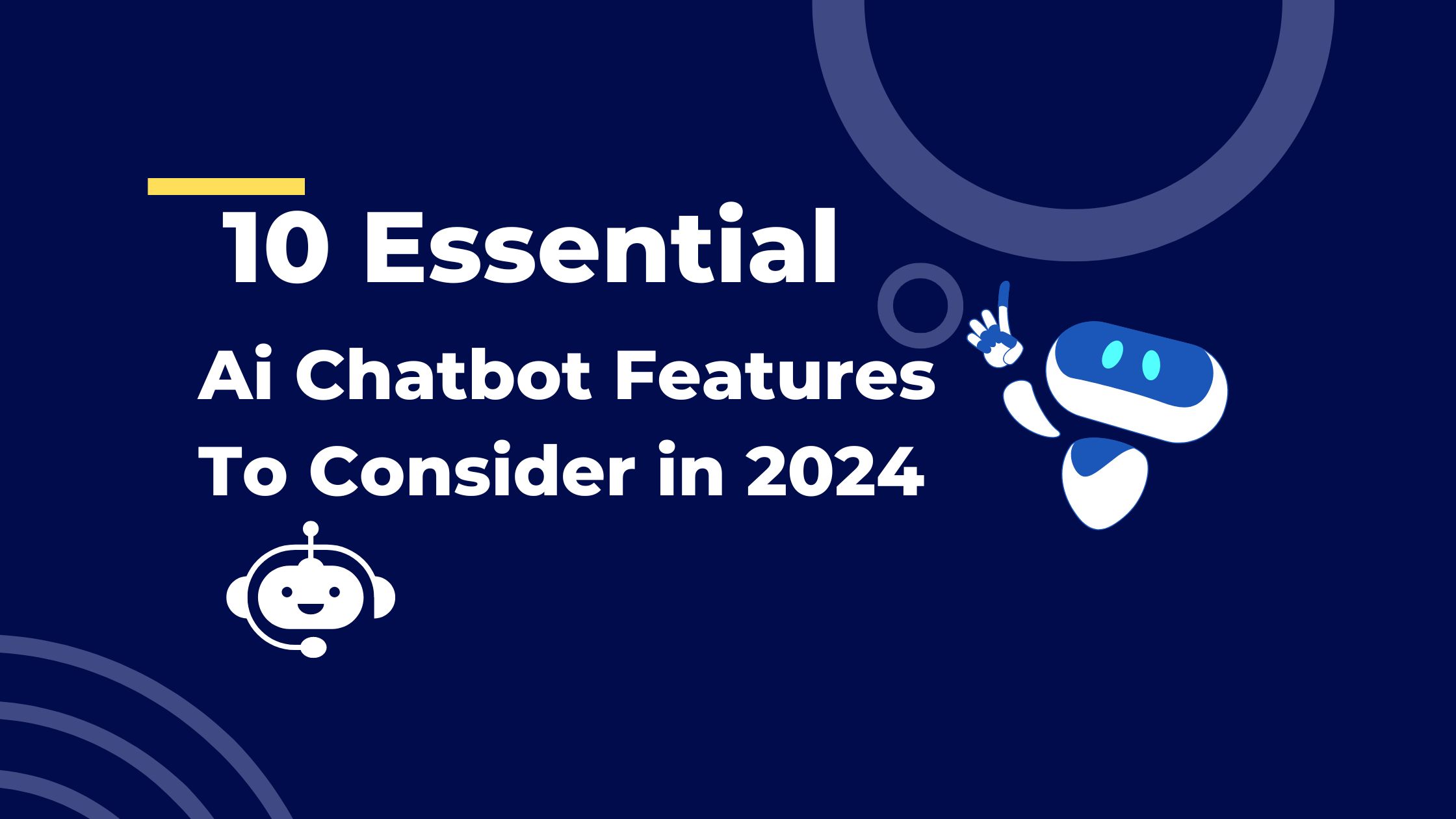In a world where customer expectations are constantly rising, businesses are turning to AI chatbots as a powerful tool for delivering exceptional service. As technology advances and user experiences become increasingly important, chatbots have evolved to offer a more personalized, seamless experience than ever before. In 2024, AI chatbots have proven to be an essential component of modern customer engagement and support. If you’re considering implementing a chatbot for your business, here are ten key features to keep in mind to ensure maximum effectiveness:
1. Natural Language Processing (NLP)
Natural Language Processing (NLP) is a key feature for AI chatbots, enabling them to understand and interpret human language. By using NLP, chatbots can better grasp the intent behind customer queries and provide more accurate and relevant responses, replicating human conversation in a way that’s natural and comfortable for users. In 2024, NLP has advanced to a point where AI chat can understand context, sarcasm, and even emotions, providing more human-like responses. This advanced technology improves the overall user experience, creating a seamless dialogue between chatbot and customer.

Multi-lingual Support
Multi-lingual support is an essential feature of AI chatbots, allowing them to provide seamless customer service to users in multiple languages. By using advanced translation algorithms and machine learning, chatbots can understand and respond to queries in a wide range of languages, breaking down language barriers and creating a more inclusive and accessible customer experience. Whether you’re a small business looking to expand internationally or a global enterprise seeking to cater to a diverse customer base, multi-lingual support is an important feature to consider when implementing AI chatbots.

3. Personalization
Personalization is a key aspect of AI chatbots in 2024, allowing businesses to tailor their messaging and interactions to individual customers. By analyzing customer data, including browsing history, purchase history, and location, AI bots can provide a more personalized and relevant experience, offering suggestions, promotions, or content that matches customer preferences. Personalization is also critical for upselling and cross-selling, as chatbots can suggest products or services that align with a customer’s interests, further enhancing the overall customer journey.

4. Integration with Existing Systems
In 2024, integration with existing systems is essential for AI chatbots to provide a seamless customer experience. Chatbots should be able to integrate with various business systems, including CRM, ERP, and e-commerce platforms, to access customer data, order history, and other information in real-time. This integration enables AI bots to provide a more personalized and context-aware experience, as well as streamline business operations by automating processes such as data entry, order processing, and customer support.

5. Security and Compliance
Security and compliance are crucial for AI chatbots in 2024, as businesses need to ensure the protection of sensitive customer data and adherence to regulatory requirements such as GDPR, CCPA, and HIPAA. Chatbots should use robust encryption protocols to safeguard data transmission and storage, while also offering features such as secure payment gateways and data access controls to prevent unauthorized access or misuse. By prioritizing security and compliance, businesses can build trust with customers and protect their reputation in the face of increasing cyber threats.

6. Voice Recognition and Text-to-Speech
Voice recognition and text-to-speech technologies have become integral features of AI chatbots in 2024. With voice recognition, chatbots can interpret spoken commands and provide verbal responses, offering a hands-free experience for customers who prefer to interact via voice. Text-to-speech, on the other hand, allows AI bots to speak naturally, creating a more human-like interaction that can enhance the customer experience. These features not only cater to different customer preferences but also make AI chatbots more accessible for people with disabilities or language barriers.

7. Contextual Memory
Contextual memory is a critical feature for AI chatbots in 2024, enabling them to recall previous interactions with customers and use this information to provide more personalized, relevant responses. By storing customer data and preferences, chatbots can create coherent dialogues that feel like natural conversations, avoiding repetition and providing a consistent customer experience across multiple touchpoints. This feature not only enhances the customer experience but also improves efficiency by minimizing the need for customers to repeat information or explain their situation multiple times.

8. Scalability
Scalability is essential for AI chatbots in 2024, as businesses need to be prepared for fluctuations in customer traffic and demand. Chatbots should be able to handle high volumes of customer interactions without compromising the quality of service, regardless of whether it’s peak hours or a sudden influx of traffic. This scalability is achieved through the use of cloud computing, which allows chatbots to leverage additional resources and processing power when needed, ensuring a seamless experience for customers regardless of the number of interactions. By investing in scalable AI chatbot solutions, businesses can cater to a growing customer base without experiencing technical issues or service disruptions.

9. Proactive Engagement
Proactive engagement is a game-changer for AI chatbots in 2024. Rather than waiting for customers to initiate a conversation, chatbots can proactively engage with customers at strategic moments, offering personalized suggestions, reminders, or even sending targeted promotions. This feature not only enhances the customer experience but also helps businesses increase their sales and improve customer loyalty. By leveraging customer data and analyzing patterns of behavior, AI bots can identify the best moments to engage with customers, providing value and relevance in a non-intrusive way.

10. User-Friendly Design
A user-friendly design is essential for ensuring that both customers and administrators can interact with the chatbot easily. Chatbots should be easy to use, with a simple, straightforward interface that allows customers to navigate and interact with ease. Additionally, AI chatbots should be designed to handle various types of inputs, including text, voice, or even images, to cater to different customer preferences. By prioritizing usability, businesses can ensure that their AI bots provide a frictionless experience that encourages customer engagement and increases the likelihood of return interactions.

Implementing These Features in Your Business
Implementing these features in your business requires careful consideration and a well-thought-out strategy. First, assess your business needs and objectives, and choose an AI chatbot platform that offers the features you require. Next, work with experienced chatbot developers and UX designers to create a personalized, user-friendly experience that aligns with your brand and customer base. Test and refine your chatbot regularly to ensure optimal performance, and continuously gather customer feedback to improve the chatbot’s capabilities over time. With a strategic approach, you can leverage the power of AI chat to drive engagement, increase efficiency, and deliver an exceptional customer experience.
Conclusion
AI chatbots have evolved to become indispensable tools for businesses looking to enhance customer engagement, streamline operations, and gain a competitive edge. By prioritizing features such as NLP, contextual memory, scalability, proactive engagement, and user-friendly design, businesses can leverage the power of conversational AI to create a superior customer experience that drives growth and loyalty. As the world becomes increasingly digitized, businesses that invest in advanced AI chatbots will be well-positioned to thrive in the future.
FAQs
Q: What is Natural Language Processing (NLP) and why does it matter for AI chatbots?
A: Natural Language Processing (NLP) helps AI chatbots understand and interpret human language. It allows chatbots to understand the meaning behind customer questions and respond accurately. In 2024, NLP has improved so much that chatbots can understand context, sarcasm, and even emotions, making conversations feel natural and more human-like.
Q: How does multi-lingual support make AI chatbots better?
A: Multi-lingual support lets AI chatbots talk to people in different languages, thanks to advanced translation technology. This feature helps break down language barriers, making it easier for businesses to connect with customers from around the world, whether they are a small local business or a global enterprise.
Q: Why is personalization important for AI chatbots?
A: Personalization means AI chatbots can customize their responses based on individual customer data, like browsing history and past purchases. This makes interactions more relevant and engaging, with chatbots offering tailored suggestions, promotions, or content. Personalization also helps with recommending products or services that match the customer’s interests, enhancing their overall experience.
Q: Why should AI chatbots integrate with existing business systems?
A: Integrating AI chatbots with existing systems, like CRM and e-commerce platforms, allows them to access real-time customer data. This integration helps chatbots provide more personalized and informed responses, streamline tasks like order processing and customer support, and improve overall efficiency.
Q: How do voice recognition and text-to-speech improve AI chatbots?
A: Voice recognition allows AI chatbots to understand spoken commands, making it easy for customers to interact hands-free. Text-to-speech technology enables chatbots to speak naturally, creating a more human-like interaction. These features cater to different customer preferences and make chatbots more accessible, especially for those with disabilities or language barriers.
Q: What is proactive engagement in AI chatbots, and how does it help businesses?
A: Proactive engagement means AI chatbots can start conversations with customers at the right moments, rather than waiting for customers to reach out. This feature allows chatbots to offer personalized suggestions, reminders, or special promotions, enhancing the customer experience and boosting sales and loyalty. By analyzing customer behavior, chatbots can determine the best times to engage, adding value without being intrusive.


Leave a Reply